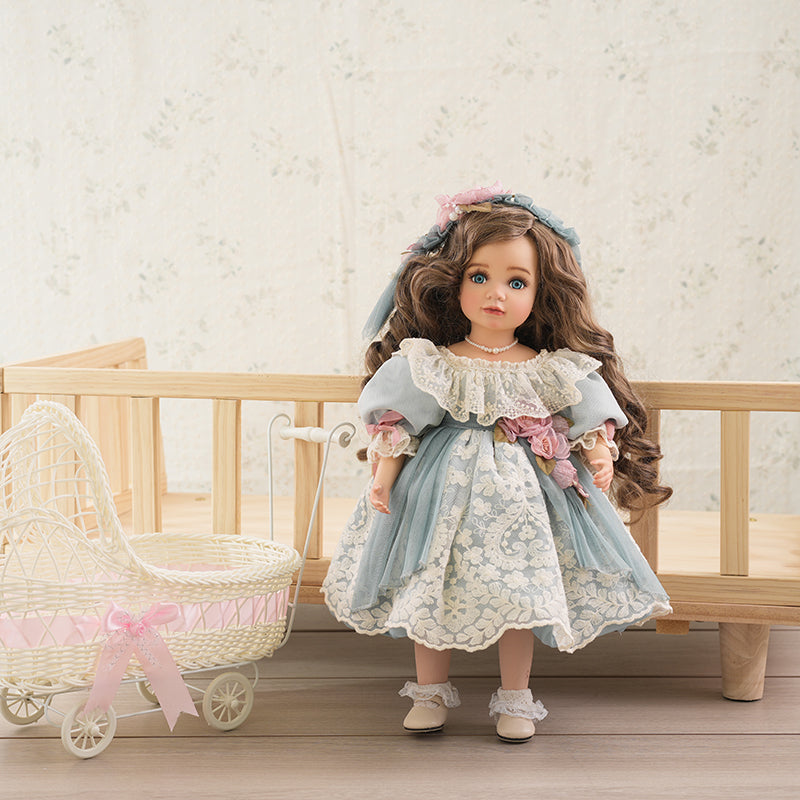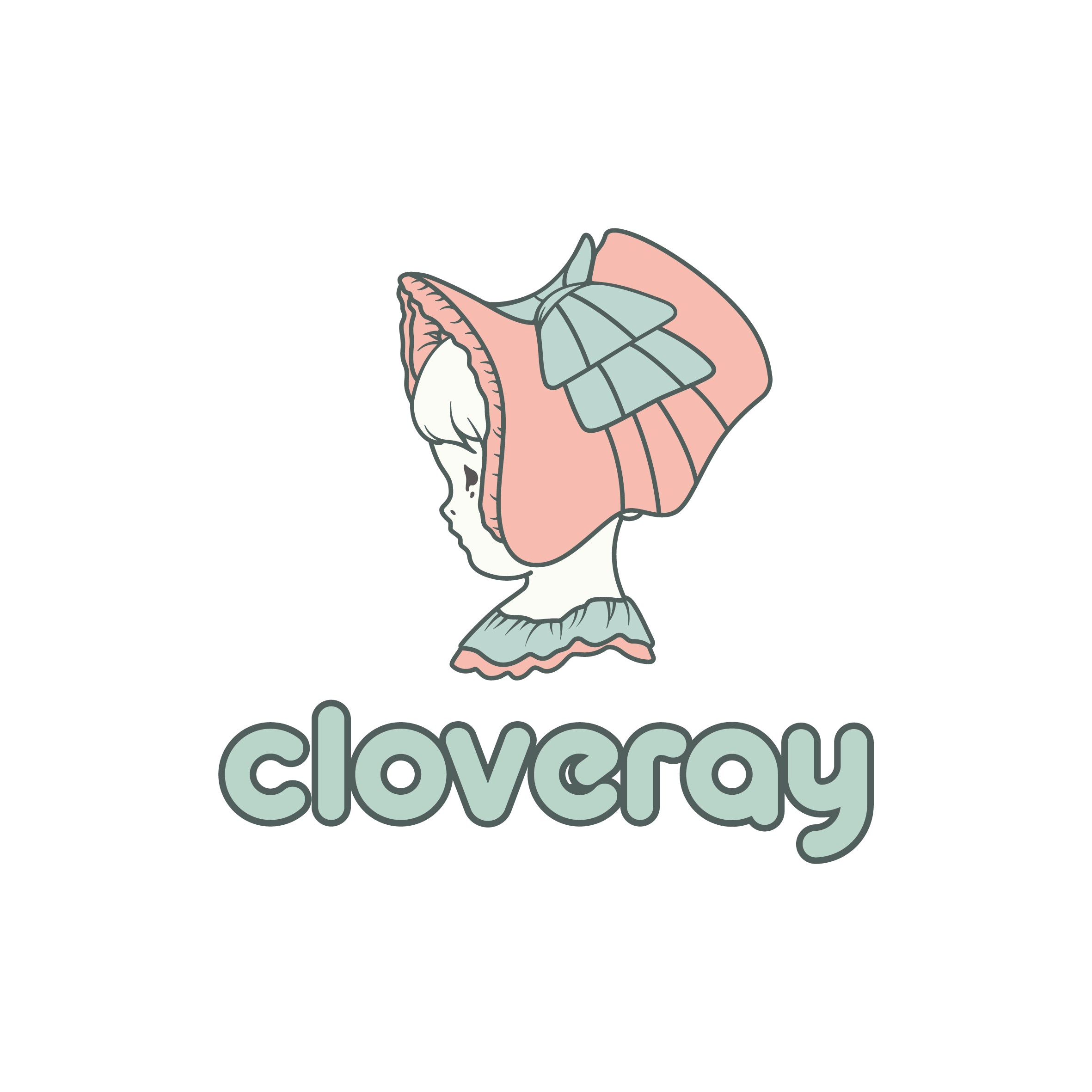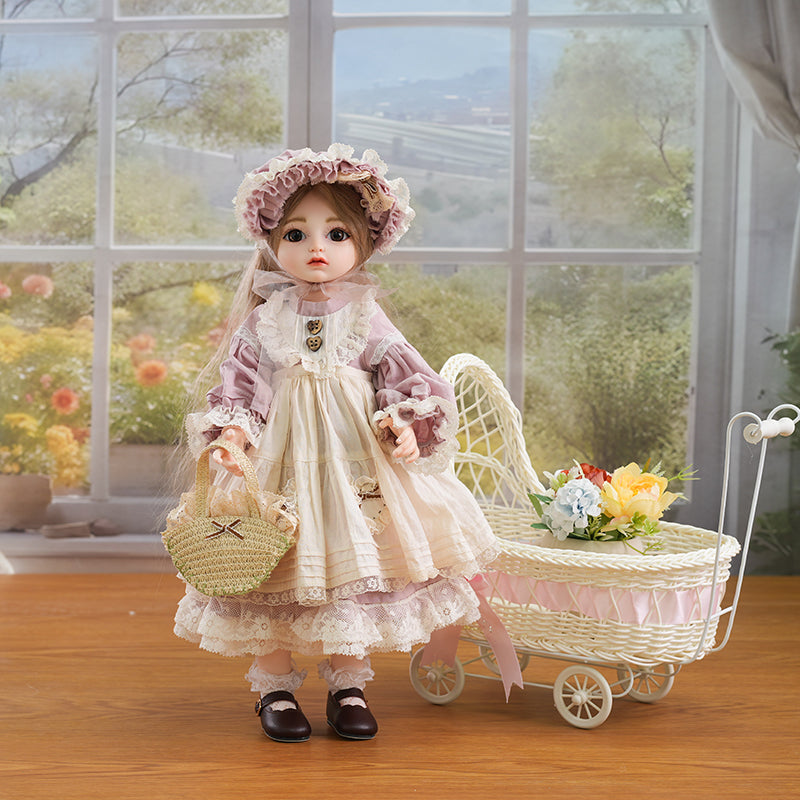
Introduction to the Century-long Evolution and Collection value of Porcelain Dolls
In this overview, we trace the porcelain doll’s journey from its 18th-century artisanal origins to its 19th-century market emergence and modern collector appeal, highlighting key developments in materials, construction techniques, aesthetics, and the makers whose pieces define the genre’s lasting value. We explore how pierced bisque heads mounted on fabric bodies evolved into fashion-forward figures, how hand-painted faces and period-accurate wigs reflected contemporary styles, and why certain factory marks (or their absence) now drive prices in the antique-doll market.
Origins & Early Evolution
Artisanal Beginnings (18th Century)
- The porcelain doll, a distinctive form of decorative art, first appeared in the mid-18th century, quickly earning a place in European toy collections due to its unique material and fine finish.
- Early “china dolls” featured glazed porcelain heads pierced for attachment to fabric bodies, which were stuffed with horsehair, straw, sand, or other fillers to ensure stability.
- Sizes ranged from miniature figurines to statuesque pieces up to 36 inches tall, each exemplifying the era’s high level of ceramic craftsmanship.
- Although wood, plaster, wax, and paper dolls were also prevalent, porcelain dolls commanded higher prestige and scarcity, particularly when used in church or domestic Christmas nativity displays.
19th-Century Breakthrough
Market Expansion (1830s–1900)
- With improved porcelain-making technologies, the 1830s saw molded head dolls enter mass production, their expressive features and detailed hands captivating buyers.
- In Victorian Europe, manufacturers produced dolls modeled on Queen Victoria’s court fashions, complete with painted or molded hair reflecting the era’s iconic coiffures.
- From the 1860s onward, unglazed bisque dolls (“Bébés”) with mohair or human-hair wigs became the height of children’s fashion toys, particularly in France and Germany.
- By the late 19th century, childlike character-faced dolls overtook adult fashion dolls, with German makers like Armand Marseille, Simon & Halbig, and Kestner leading the shift toward more affordable, expressive figures.
Head Decoration & Hairstyles
- Doll heads were meticulously hand-painted to achieve lifelike skin tones and delicate features, while hair was either molded in porcelain or applied as wigs to mirror contemporary styles.
- During the KPM Meissen era in Germany and Britain’s Regency period (1815–1848), wigs denoted social status or followed court trends; many factories reused the same head molds long after fashions changed.
- Dolls made between the 1840s and 1860s sported simple “pioneer” hairstyles reminiscent of bonnet shapes, whereas 1870s “Dolly Madison” dolls featured ringlet curls and ribbon accents, celebrating the First Lady’s popular look.
Costuming & Collector Value
- Enthusiastic child owners often replaced factory outfits with homemade or later garments; dolls retaining their original or period-correct costumes now command premium prices in the collector market.
- KPM Meissen (active late 18th–late 19th c.) produced hand-painted porcelain dolls marked by subtle factory stamps (KPM letters), a practice that makes authentication and spotting reproductions challenging today.
- Hertwig Porcelain Works (Germany, 1860s–1940s) is identified by “H” or a cat-in-house symbol; the factory’s 20th-century East Berlin closure has rendered its surviving dolls highly prized by collectors.
- American, French, Czech, and other European workshops also produced unmarked dolls; an estimated million bisque heads were exported globally between the 1860s and 1930s, many now treasured by antique enthusiasts.


